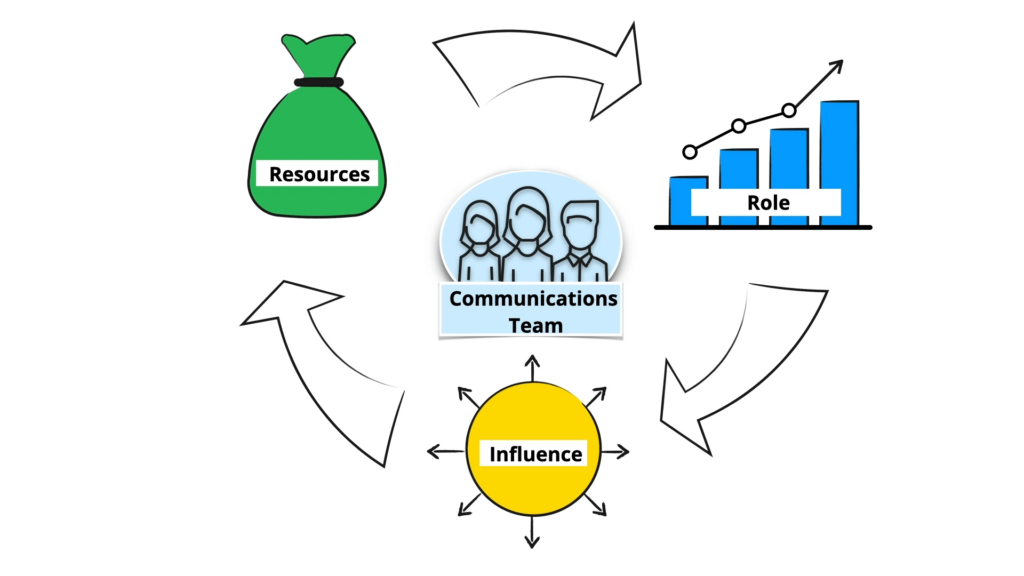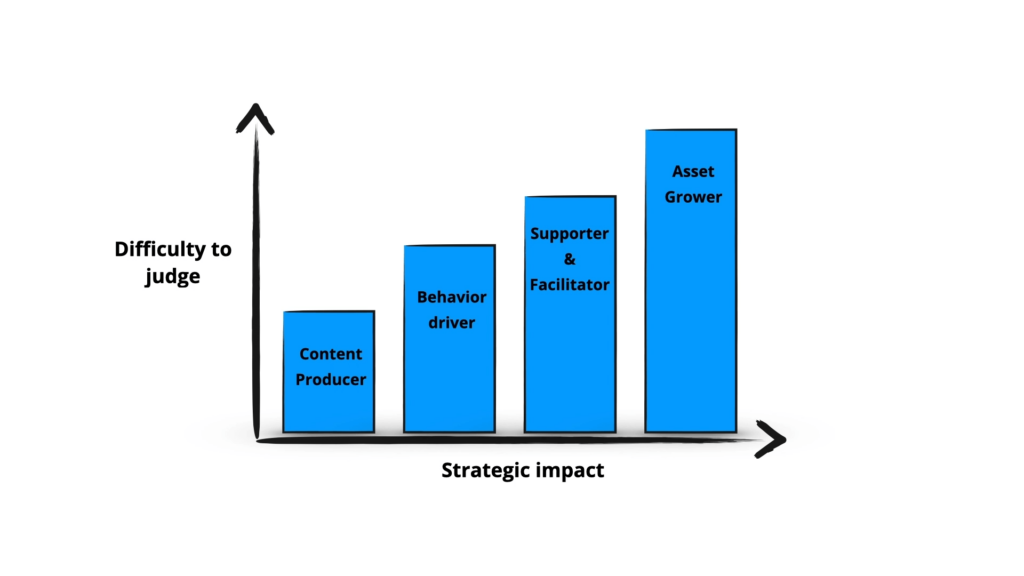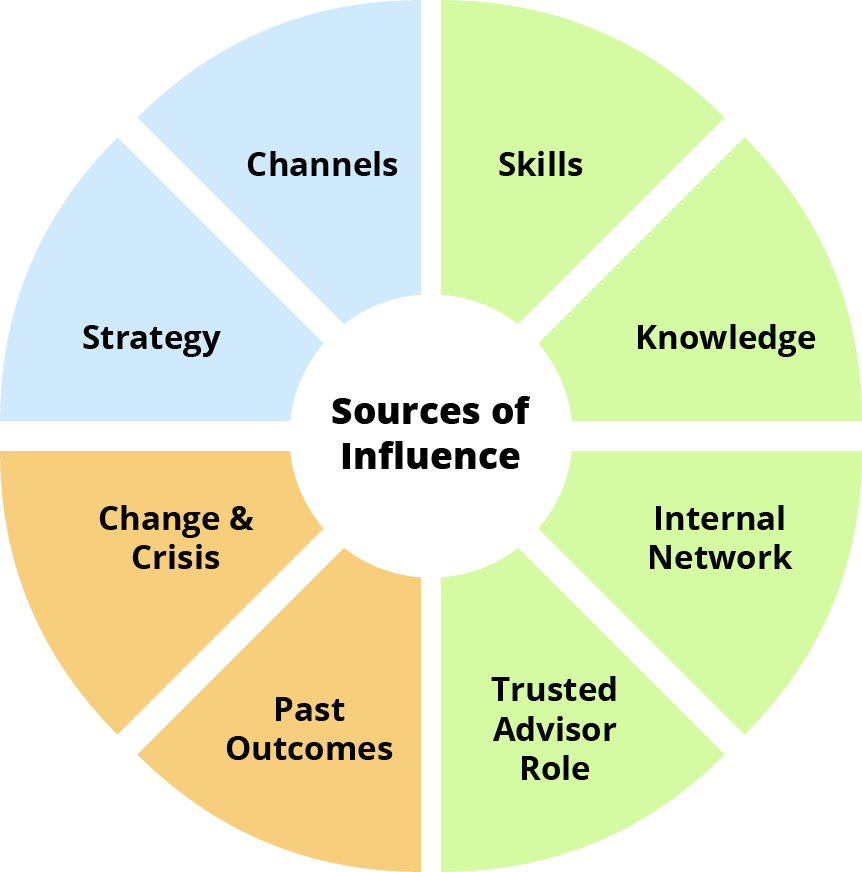How to Get More Internal Communications Budget

From all of our exchanges with internal communicators, this is one of the question we hear the most: How can we get more resources and a bigger budget for our internal comms efforts?
We did some research and found that the best way to tackle this is to look at the bigger picture. More specifically, comms teams need to gain a better understanding of their role and its potential, and knowledge of how to grow their internal influence. Armed with these insights, they are are in a much better position to ask for the resources they need.
And that’s exactly what we talk about in our Masterclass on How to Get More Resources for Internal Communication.
So, let’s take a closer look at the role and the influence of internal communicators, and how this can help in the internal communication budget discussions.
 To get more internal communication budget, communicators need to define the focus of their role, and leverage their internal influence.
To get more internal communication budget, communicators need to define the focus of their role, and leverage their internal influence.
The Roles of Internal Communicators
So, what’s the first step to getting more internal communications budget? You and your team need to define the role of internal communications within your organization. Why? Because beyond producing content there is a wealth of ways how comms can contribute to the well-being of your organization. The how? One place to start is a 4-level model by Dewhurst and FitzPatrick, designed to help comms teams understand their role and its potential.
 Dewhurst and FitzPatrick’s model can help communicators define the extent of their comms role for their organizations.
Dewhurst and FitzPatrick’s model can help communicators define the extent of their comms role for their organizations.
On the first level you will find what all communicators have in common: content production. This is the foundation of the job.
The second level expands the role by communicators becoming behavior drivers. That means they develop campaigns and messages to support change, and measure the impact of such initiatives.
The third level increases the scope of the role by communicators acting as supporters and facilitators to the communication needs of teams or leaders, and to help them get results.
On the fourth level, communicators act as asset growers for the organization. Many companies regard their own culture as a strategic asset. Here, comms play a key role in contributing to growing this asset.
These four value areas are not mutually exclusive. The main point here is to decide to what degree they matter to your organization. And to then build your employee communication role accordingly.
Sources of Influence
Comms roles usually don’t come with a lot of power. This makes it especially important for comms teams to leverage influence through their expertize and relationships, i.e. their sources of influence. While there are plenty of ways to leverage internal influence, here are a few you and your team should prioritize.
 Internal communicators can leverage influence from various areas to make a stronger case to increase their internal communications budget.
Internal communicators can leverage influence from various areas to make a stronger case to increase their internal communications budget.
The most tangible source of influence for a comms team is developing a communication strategy. This helps to share what is planned and show how initiatives are in line with overall business outcomes.
Communicators can also leverage influence by being in control of effective internal comms channels or platforms. While other departments may think communication via email or other existing systems is enough, communicators know that they need one place to plan, create, manage and measure their work.
Sources of influence can also include the skillset of the internal communications team, or the knowledge they have about the company and its employees. Moreover, the comms teams’ internal networks and relationships are another source of influence, as well as their ability to act as trusted advisors to leadership because of their unique expertize and knowledge.
A crisis situation will also always put a spotlight on comms and increase the influence. The same goes for major change programs that involve comms as a trusted partner early on.
Finally, the past outcomes of comms initiatives will play a key role in your internal influence. If they have been good, stakeholders will remember the contribution comms was able to make.
Resources to Help You Get More Internal Communications Budget
Great, now you have an overview of how you can use your role and your internal influence to ask for the internal communications budget that you and your team need. Want to dive deeper? Check out our full Masterclass here:
We’ve also created an Internal Comms Strategy Template Collection, with helpful templates and links to resources for your internal communication strategy. Click on the image below to download it!
Ready for your next lesson? Check out How to Master Internal Communications Planning.










